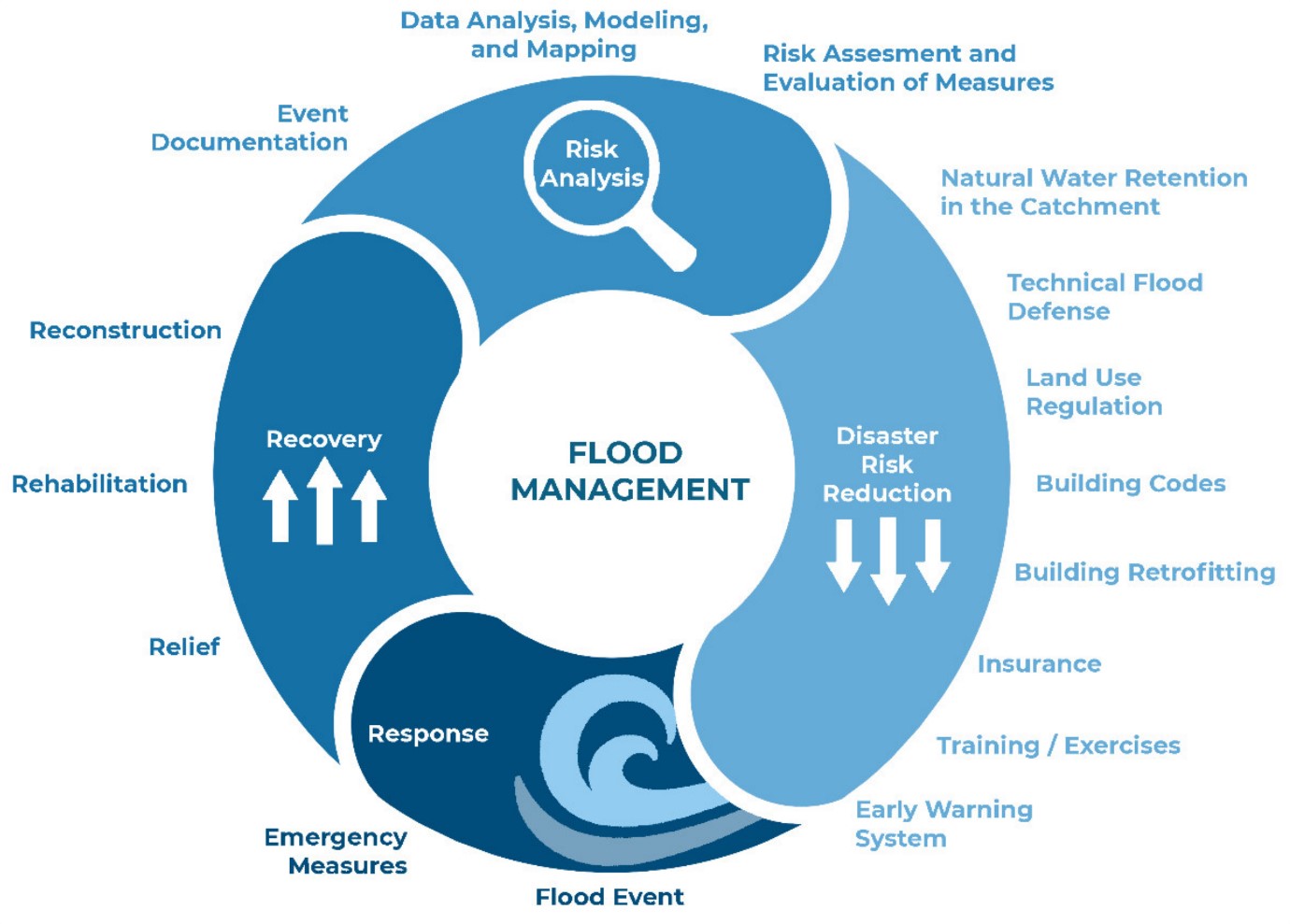7667766266
enquiry@shankarias.in
Recently, North India including Delhi witnessed heavy rainfall resulting in flood.
To Know about Part-I - Click Here.
Urban flooding refers to the inundation of property in a built environment, particularly in more densely populated areas, caused by rain falling on increased amounts of impervious surfaces and overwhelming the capacity of drainage systems.
Government measures
Engineering /Structural Measures
Administrative / Non-structural Measures
